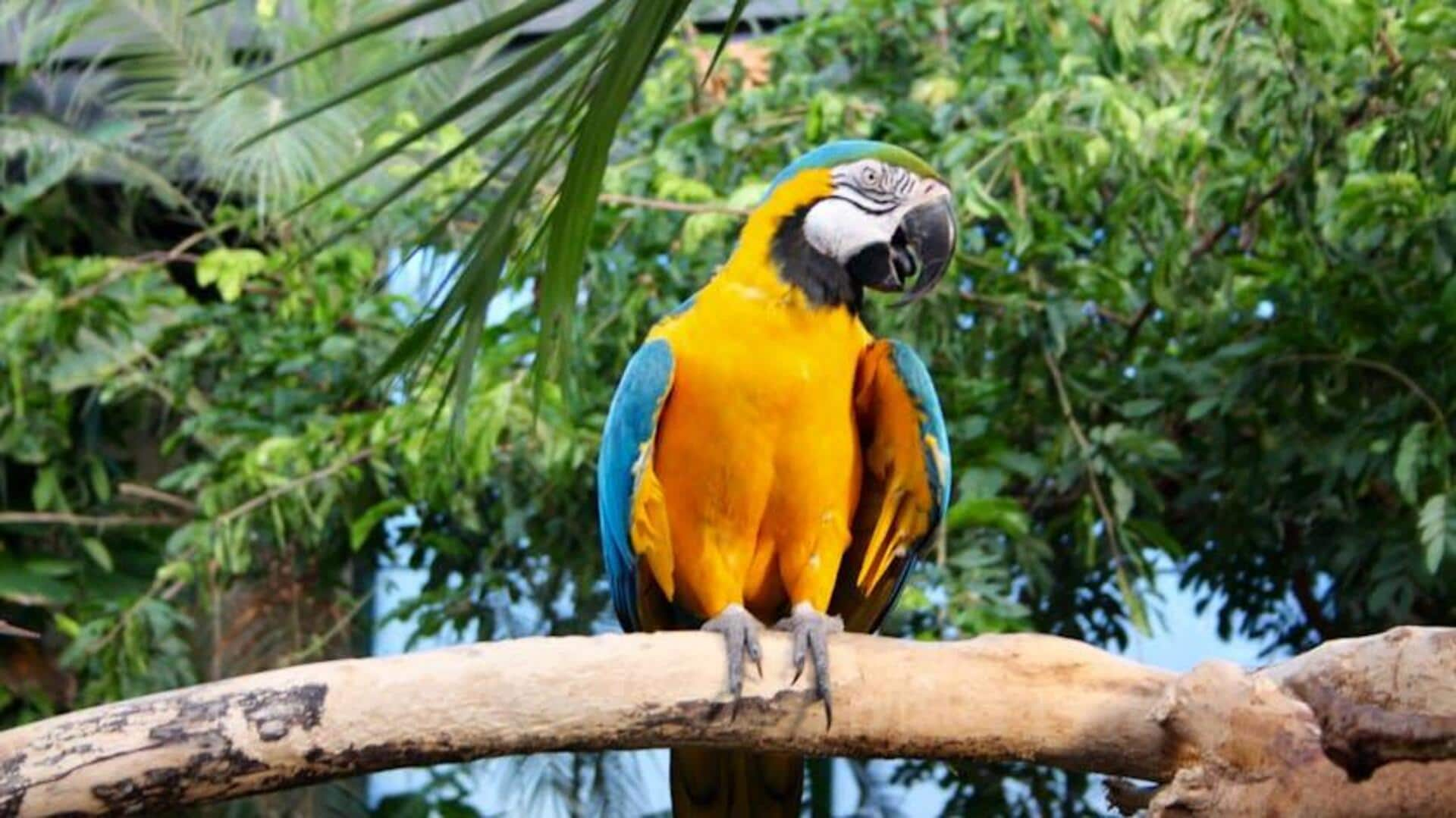
Unveiling the Amazon rainforest's birdwatching marvels, Brazil
What's the story
The Amazon Rainforest in Brazil is a haven for bird enthusiasts. This vast ecosystem, teeming with life, offers an unparalleled opportunity to observe some of the world's most exotic and colorful birds in their natural habitat. From the vibrant macaws to the elusive toucans, birdwatching in the Amazon is an adventure that promises both excitement and tranquility amidst nature's grandeur.
Getting started
Planning your birdwatching expedition
Before embarking on your journey, it's crucial to research and plan. The best times for birdwatching in the Amazon are during the dry season, from June to November, when birds are more visible. Consider hiring a local guide with expertise in avian species and their habitats; this will significantly enhance your experience and chances of spotting a wide variety of birds.
Hotspots
Navigating prime birdwatching locations
The Amazon Rainforest spans millions of acres, but certain areas are particularly rich in avian life. The Tambopata National Reserve and Manu National Park are renowned for their biodiversity, offering sightings of rare species like harpy eagles and hoatzins. Boat trips along smaller tributaries can also yield unique sightings, as many birds flock near water sources.
Gear up
Essential gear for birdwatchers
To enhance your birdwatching experience, it is crucial to invest in high-quality binoculars. A waterproof backpack is also advisable to safeguard your equipment from the rainforest's sudden downpours. Wearing lightweight clothing with long sleeves will help prevent insect bites and facilitate ease of movement through the dense underbrush. These items are essential for a successful and comfortable birdwatching adventure in the Amazon.
Eco-friendly approach
Embracing sustainable birdwatching practices
Visitors to the Amazon must practice sustainable tourism. Stick to marked trails to avoid disturbing wildlife habitats. Do not use flash photography, as it can stress birds. Support local conservation by choosing eco-friendly tours and accommodations, helping preserve this ecosystem for future generations. This approach allows a deep connection with nature, ensuring a fulfilling journey in harmony with our planet.